Home>Home Maintenance>How Many Drainage Holes Should My Plant Pot Have
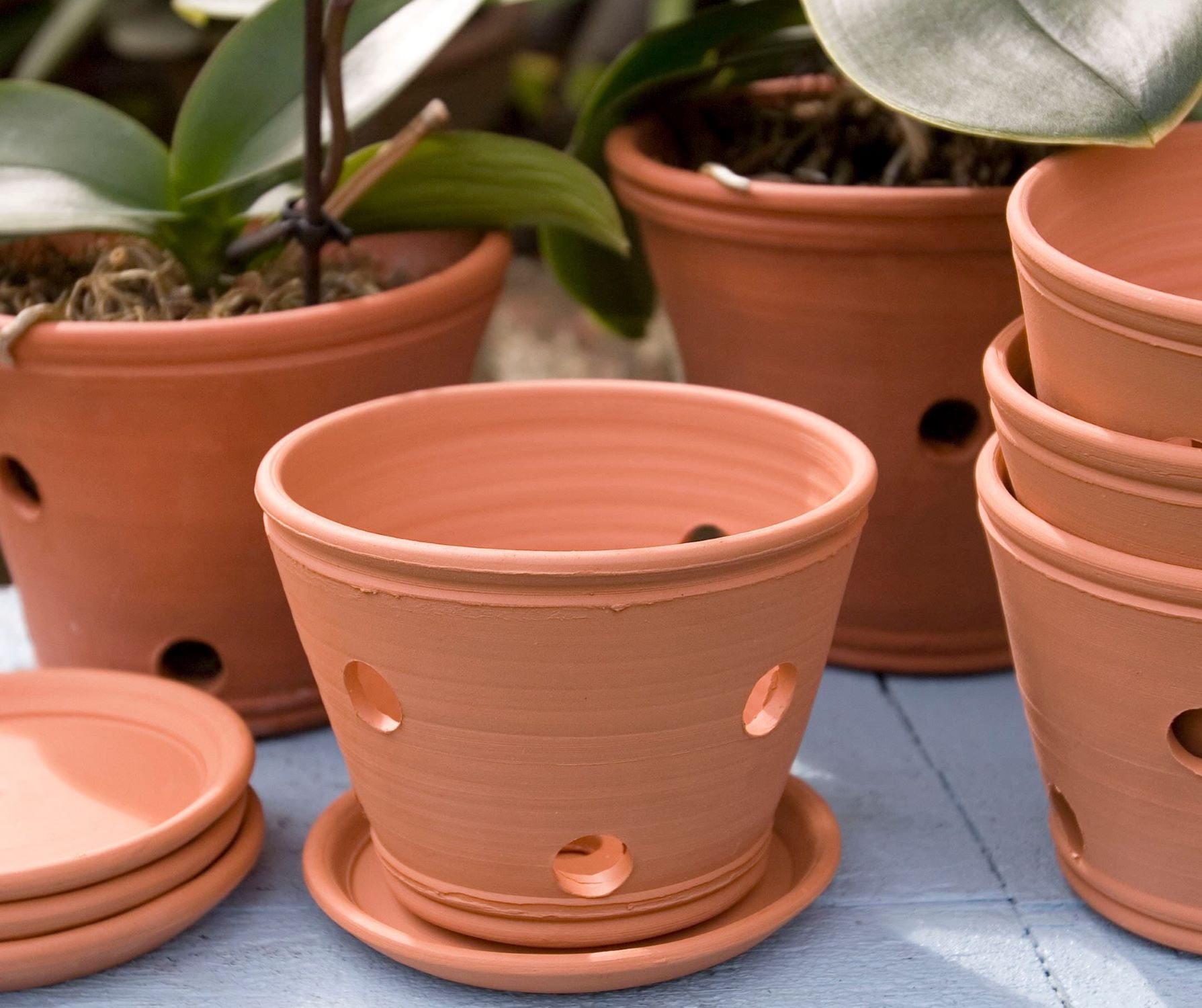

Home Maintenance
How Many Drainage Holes Should My Plant Pot Have
Modified: March 7, 2024
Discover the ideal number of drainage holes for your plant pot to ensure proper home maintenance. Get expert tips and advice on plant pot drainage holes.
(Many of the links in this article redirect to a specific reviewed product. Your purchase of these products through affiliate links helps to generate commission for Storables.com, at no extra cost. Learn more)
Introduction
When it comes to maintaining healthy plants, proper drainage plays a crucial role. Have you ever wondered how many drainage holes your plant pot should have? It’s an important consideration that often goes overlooked. In this article, we will explore the significance of drainage holes in plant pots and the factors you should consider when determining the number of holes.
Good drainage is essential for plants because it prevents waterlogging, which can lead to root rot and other detrimental conditions. Plants need oxygen to thrive, and excessive moisture can suffocate their roots, causing them to deteriorate. On the other hand, inadequate drainage can cause water to accumulate at the bottom of the pot, leading to stagnant water that can be harmful to the plant.
The number of drainage holes needed in a plant pot depends on various factors, including the size of the pot, the type of plant, and the growing medium you’re using. Let’s delve deeper into these factors to determine the ideal number of drainage holes for your plant pots.
Key Takeaways:
- Proper drainage is crucial for healthy plants. Consider pot size, plant type, and growing medium when determining the number of drainage holes. DIY solutions can help improve water drainage and maintain plant health.
- Inadequate drainage can lead to waterlogging and root rot, while excessive drainage can cause rapid soil drying. Balance is key – monitor your plants’ needs and adjust drainage accordingly for optimal growth.
Read more: How To Plant In Pots With Drainage Holes
Importance of Drainage Holes in Plant Pots
Drainage holes are an essential feature of plant pots because they play a vital role in maintaining the overall health and well-being of your plants. Here’s why drainage holes are so important:
1. Prevents Waterlogged Soil: Drainage holes allow excess water to escape from the pot, preventing waterlogged soil. When water accumulates in the pot, the roots of the plant can become waterlogged and deprived of oxygen. This can lead to root rot and eventually cause the plant to die.
2. Facilitates Proper Nutrient Uptake: Effective drainage ensures that nutrients in the soil are distributed evenly and readily absorbed by the roots of the plant. Without proper drainage, nutrients can become concentrated in the potting mix, leading to nutrient imbalances and potentially harming the plant.
3. Controls Soil Moisture: Drainage holes help regulate the moisture level in the potting mix. They allow excess water to escape, preventing the soil from becoming oversaturated. This helps create a balanced environment for plant roots, promoting healthy growth.
4. Prevents Salt Build-Up: When water evaporates from the potting mix, it can leave behind salt deposits. These salts can accumulate over time, leading to soil salinity. Drainage holes help remove excess water that carries dissolved salts, preventing salt build-up and maintaining soil fertility.
5. Enhances Oxygen Supply: Drainage holes promote air circulation within the potting mix, ensuring that the roots have access to an adequate supply of oxygen. Oxygen is essential for cellular respiration, a process that enables plants to convert stored energy into usable forms.
Overall, proper drainage is crucial for the overall health and vitality of your plants. By allowing excess water to escape and maintaining optimal moisture levels, drainage holes help create an environment that supports healthy root growth and mitigates the risk of water-related issues.
Factors to Consider when Determining the Number of Drainage Holes
Choosing the right number of drainage holes for your plant pot is essential to ensure proper water drainage and maintain the health of your plants. Here are some factors to consider when determining the number of drainage holes:
1. Pot Size: The size of your plant pot plays a significant role in determining the number of drainage holes needed. Larger pots generally require more drainage holes compared to smaller pots to ensure adequate water drainage. As a general guideline, small pots (4-6 inches in diameter) may require one to two drainage holes, while larger pots (8 inches and above) may need three or more holes.
2. Plant Type: Different plants have varying water requirements, and this can influence the number of drainage holes needed. Plants that prefer drier conditions, such as succulents and cacti, may require fewer drainage holes as they can tolerate less moisture. On the other hand, plants with higher water needs, like tropical plants, may benefit from additional drainage holes to prevent waterlogging.
3. Growing Medium: The type of growing medium you use also determines the number of drainage holes required. If you’re using a well-draining potting mix that consists of materials like perlite or coarse sand, you may need fewer drainage holes. However, if you’re using a heavier, moisture-retentive soil mix, it’s important to have more drainage holes to prevent water from accumulating in the pot.
4. Environmental Factors: Consider the local climate and environment when deciding the number of drainage holes. If you live in an area with high rainfall or humidity, it may be beneficial to have more drainage holes to ensure excess water can escape easily. Conversely, in drier climates or if you tend to overwater your plants, fewer drainage holes may be sufficient.
5. Personal Watering Habits: Your own watering habits and routines should be taken into account as well. If you tend to water your plants heavily or infrequently, having more drainage holes can help prevent waterlogged soil. Conversely, if you prefer to water sparingly, fewer drainage holes may be suitable.
Remember, it’s better to have more drainage holes than too few. Excess water can always escape through multiple holes, but insufficient drainage can lead to waterlogging and root issues. Observe how your plants respond to the current number of drainage holes and make adjustments if needed. It’s also important to regularly check the condition of the potting mix to ensure proper drainage.
By considering these factors, you can determine the appropriate number of drainage holes for your plant pot, promoting optimal water drainage and providing a healthy growing environment for your plants.
Commonly Recommended Number of Drainage Holes for Different Pot Sizes
While the number of drainage holes needed in a plant pot can vary based on various factors, including pot size and plant type, there are some general recommendations to consider. Here is a guideline for the commonly recommended number of drainage holes based on pot sizes:
- Small Pots (4-6 inches in diameter): For small pots, one to two drainage holes are generally sufficient. These smaller pots hold less soil and therefore require less water drainage. One hole in the center or two holes evenly spaced on opposite sides of the pot can provide adequate drainage.
- Medium Pots (6-8 inches in diameter): Medium-sized pots typically benefit from two to three drainage holes. The larger size allows for more soil and water retention, so having multiple drainage holes ensures better water drainage and prevents waterlogging.
- Large Pots (8 inches and above in diameter): Larger pots have a higher water retention capacity and therefore require more drainage holes. Three to five drainage holes evenly spaced around the base of the pot provide effective water drainage and prevent potential water accumulation.
It’s important to note that these recommendations are not set in stone and may vary depending on other factors such as plant type, growing medium, and environmental conditions. Keep these recommendations in mind as a starting point, but always assess the specific needs of your plants and adjust the number of drainage holes if necessary.
In addition to the number of drainage holes, it is equally important to consider their size. Ideally, the drainage holes should be large enough to allow excess water to flow freely but small enough to prevent the loss of potting mix. If the existing drainage holes are inadequate, you can consider enlarging them or adding additional ones to improve water drainage.
Remember, proper drainage is crucial to prevent waterlogging and ensure the well-being of your plants. Monitoring your plants regularly and adjusting the number of drainage holes accordingly will help create a healthy growing environment and promote optimal plant growth.
A good rule of thumb is to have at least one drainage hole per 6-12 square inches of pot surface area. This allows excess water to escape, preventing root rot and overwatering.
Consequences of Insufficient Drainage Holes
Insufficient drainage holes in plant pots can have several negative consequences that can harm the health and vitality of your plants. Here are some of the most common consequences of inadequate drainage:
1. Waterlogging: Without proper drainage, excess water accumulates at the bottom of the pot, leading to waterlogging. This creates a stagnant environment that hampers oxygen flow to the roots, depriving them of the essential air they need to respire. The lack of oxygen can cause the roots to suffocate and rot, ultimately resulting in root damage or even the death of the plant.
2. Root Rot: Stagnant water and lack of oxygen create ideal conditions for the growth of harmful microorganisms, such as fungi and bacteria. These pathogens can attack the roots of the plant, causing root rot. As the roots decay, they become slimy, discolored, and lose their ability to absorb water and nutrients. The plant may exhibit signs of wilting, stunted growth, and yellowing of leaves.
3. Nutrient Imbalances: Insufficient drainage can lead to the accumulation of salts and minerals in the potting mix. The buildup of these substances can create nutrient imbalances, as excessive salts can interfere with the uptake of essential nutrients by the plant roots. This can result in nutrient deficiencies or toxicities, leading to poor growth, yellowing leaves, and overall decline in plant health.
4. Mold and Fungal Diseases: Excess moisture due to inadequate drainage can create a favorable environment for the growth of mold and fungal diseases. Mold growth can manifest as fuzzy white or green patches on the soil surface, while fungal diseases can cause leaf spots, damping off of seedlings, or even crown rot. These issues not only affect the appearance of the plant but also hinder its ability to photosynthesize and thrive.
5. Wilting and Stress: When water cannot properly drain from the pot, it creates a situation where the plant’s roots are constantly exposed to moisture. This can lead to waterlogged roots and impaired water uptake. As a result, the plant may show signs of wilting, even though the soil is still wet. Prolonged moisture stress can weaken the plant, making it more susceptible to other pests and diseases.
It’s important to address insufficient drainage promptly to prevent these consequences. If you notice any of these signs in your plant, it’s crucial to improve the drainage by adding more holes to the pot or using a well-draining potting mix. Additionally, adjusting your watering habits to avoid overwatering can also help mitigate these issues.
Remember, investing in proper drainage is essential for the long-term health of your plants. By providing adequate drainage, you create an environment that promotes optimal root health and reduces the risk of water-related issues.
Consequences of Excessive Drainage Holes
While proper drainage is essential for plant health, having too many drainage holes in your plant pot can also have negative consequences. Here are some of the potential issues that can arise from excessive drainage holes:
1. Rapid Drying of Soil: Excessive drainage holes can cause the soil in the pot to dry out too quickly. When water drains too rapidly, it can lead to frequent watering requirements as the soil loses moisture faster than the roots can absorb it. This can be particularly problematic for plants that prefer more consistent moisture levels, such as ferns or certain tropical plants.
2. Nutrient Leaching: Excessive drainage can cause nutrients to be washed away from the potting mix. When water drains too quickly, it carries nutrients along with it, resulting in nutrient leaching. This can leave the plant without an adequate supply of essential nutrients necessary for healthy growth and development.
3. Mineral Buildup: Although excessive drainage removes excess water, it can leave behind a concentrated buildup of minerals and salts. This buildup can lead to soil pH imbalances and affect the overall nutrient availability for the plant. It may also result in visible white or yellow deposits on the pot’s surface and soil, indicating high mineral content.
4. Increased Watering Frequency: With excessive drainage, you may find yourself needing to water your plants more frequently to compensate for the quick drainage and prevent the soil from drying out. This can be time-consuming and may disrupt your regular watering routine.
5. Unsightly Mess: Having too many drainage holes can cause water to drip out of the pot, especially if it is placed on a surface that cannot absorb the excess water. This can create a messy and potentially damaging situation, especially if you have indoor plants or are concerned about water damage to furniture or flooring.
It’s important to strike a balance when it comes to the number of drainage holes in your plant pots. While good drainage is essential, excessive drainage can lead to moisture-related issues. If you have too many drainage holes in your pot, you can consider using a secondary container or saucer to collect the excess water and maintain moisture around the roots.
Regularly monitor your plants and the condition of the potting mix to determine if adjustments are needed. Adjustments may include reducing the number of drainage holes, using a potting mix that retains slightly more moisture, or adjusting your watering frequency. Finding the right balance will help ensure optimal plant health and growth.
Remember, every plant has different needs, so it’s important to observe and adapt accordingly to create the ideal growing environment for your specific plants.
DIY Solutions for Improving Drainage in Plant Pots
If you find that your plant pots have inadequate drainage or you want to improve the drainage further, here are some do-it-yourself (DIY) solutions you can try:
1. Add Drainage Material: One simple way to improve drainage is by adding a layer of drainage material at the bottom of the pot before adding potting mix. Materials such as pebbles, broken pottery shards, or gravel can create a space for excess water to flow freely, preventing waterlogging. This layer should be about an inch thick, allowing water to accumulate without saturating the roots.
2. Use a Well-Draining Potting Mix: Choosing the right potting mix is crucial for good drainage. Opt for a mix that is labeled as “well-draining” or “fast-draining.” These mixes are specifically formulated to promote water drainage and prevent excess moisture buildup. They usually contain a combination of materials like perlite, vermiculite, or coarse sand to improve aeration and water movement through the soil.
3. Elevate the Pot: Placing the pot on feet or using pot risers can help elevate the pot slightly off the ground. This allows excess water to flow out more easily and prevents the bottom of the pot from sitting in water. Elevating the pot also helps air circulate underneath, further improving drainage.
4. Drill Holes in the Pot: If your current pot does not have enough drainage holes, you can drill additional holes in the base. Use a drill with a small bit, and carefully create several evenly spaced holes to allow water to escape. Make sure to do this step outside or over a protected surface to avoid any mess or damage.
5. Create a Drainage Layer: For pots without drainage holes, you can create a makeshift drainage layer by placing a small layer of coarse gravel or pebbles at the bottom of the pot. This helps to create a space for excess water to collect, preventing it from sitting directly against the roots.
6. Monitor Watering Practices: Proper watering practices are crucial for good drainage. Make sure to water your plants thoroughly but allow the excess water to drain out completely. Avoid overwatering, as this can lead to waterlogging. Always check the moisture level of the soil before watering again to prevent water buildup.
7. Repot into a Larger Pot: If you find that your plant consistently has drainage issues, it may be time to repot it into a larger pot. A bigger pot will provide more space for the plant’s roots to spread and allow for better water drainage. Choose a pot that has the appropriate number and size of drainage holes for the plant’s needs.
Remember that different plants have different drainage requirements, so it’s essential to consider their specific needs when implementing these DIY solutions. Regularly monitor your plants and make adjustments as necessary to promote optimal drainage and maintain plant health.
Conclusion
Proper drainage is a crucial factor in maintaining healthy plants. Whether you’re a seasoned gardener or a novice plant enthusiast, understanding the importance of drainage holes in plant pots is essential for ensuring the well-being of your plants.
Insufficient drainage can lead to waterlogged soil, root rot, nutrient imbalances, and other adverse effects on plant health. On the other hand, excessive drainage holes can cause rapid soil drying, nutrient leaching, and increase watering frequency.
When determining the number of drainage holes, consider factors such as pot size, plant type, growing medium, environmental conditions, and personal watering habits. While general guidelines suggest one to two drainage holes for small pots, two to three for medium pots, and three to five for larger pots, it’s important to monitor your plants’ needs and make adjustments accordingly.
If you find that your pots have inadequate drainage, you can try DIY solutions such as adding drainage material, using a well-draining potting mix, elevating the pot, drilling holes, or creating a drainage layer. These solutions can help improve water drainage and prevent waterlogging while maintaining the overall health of your plants.
Remember to regularly monitor your plants’ condition, adjust watering practices, and provide adequate drainage to create a healthy environment for their growth. By striking a balance between proper drainage and optimal moisture levels, you can ensure your plants flourish and thrive.
So, the next time you pot a new plant or re-pot an existing one, pay attention to the number of drainage holes and take steps to ensure efficient water drainage. Your plants will thank you with vibrant growth, lush foliage, and beautiful blooms!
Frequently Asked Questions about How Many Drainage Holes Should My Plant Pot Have
Was this page helpful?
At Storables.com, we guarantee accurate and reliable information. Our content, validated by Expert Board Contributors, is crafted following stringent Editorial Policies. We're committed to providing you with well-researched, expert-backed insights for all your informational needs.
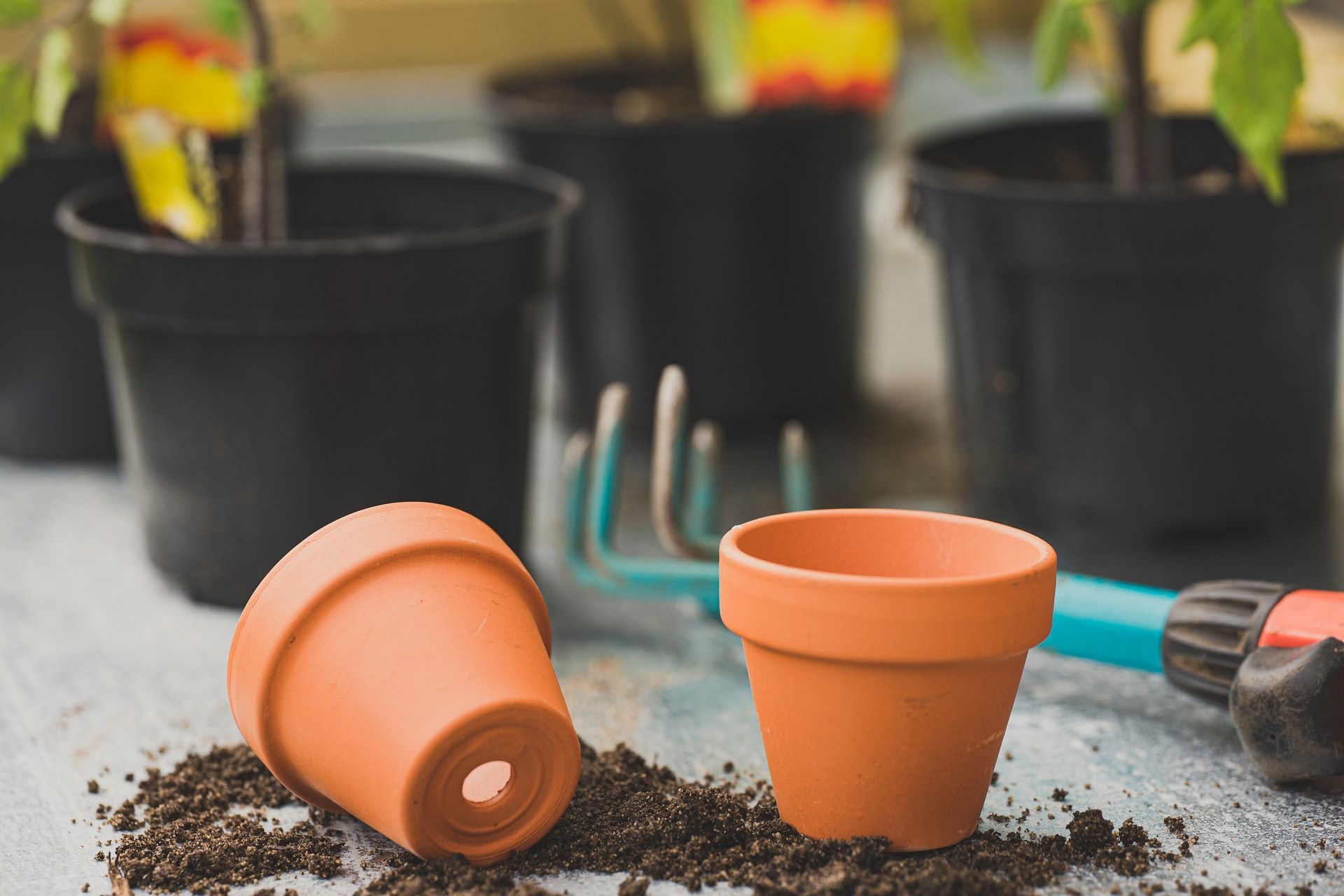
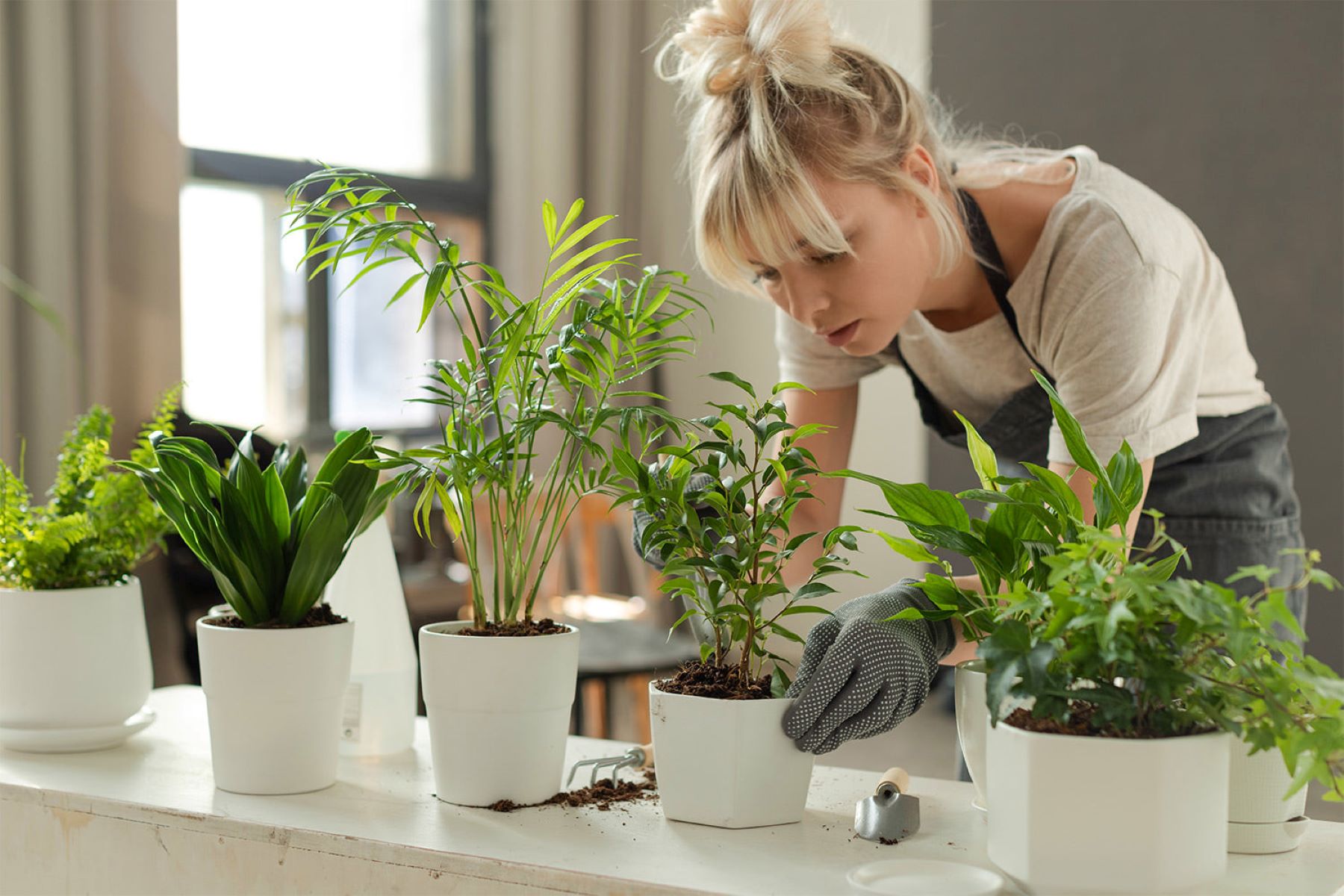
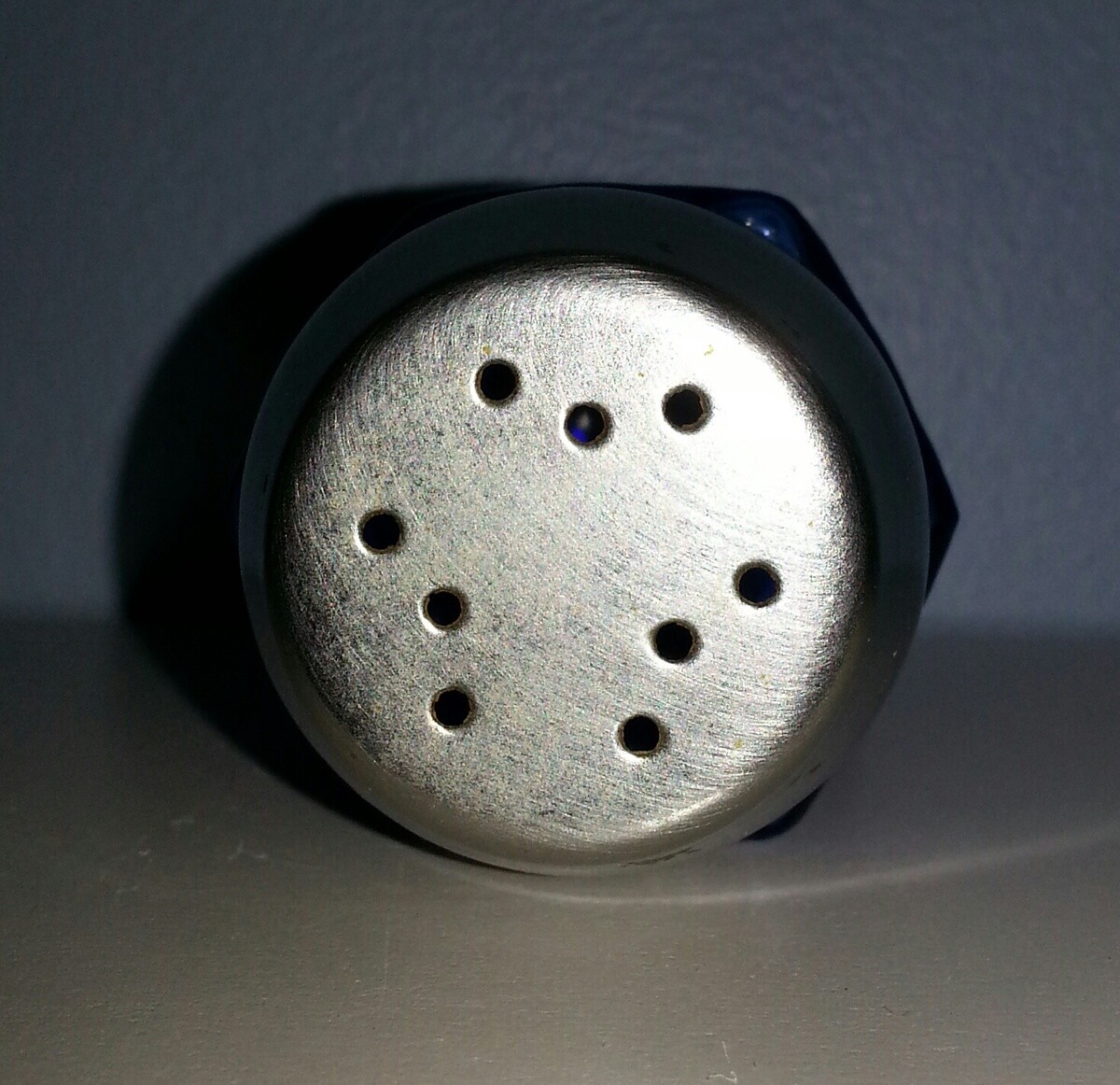
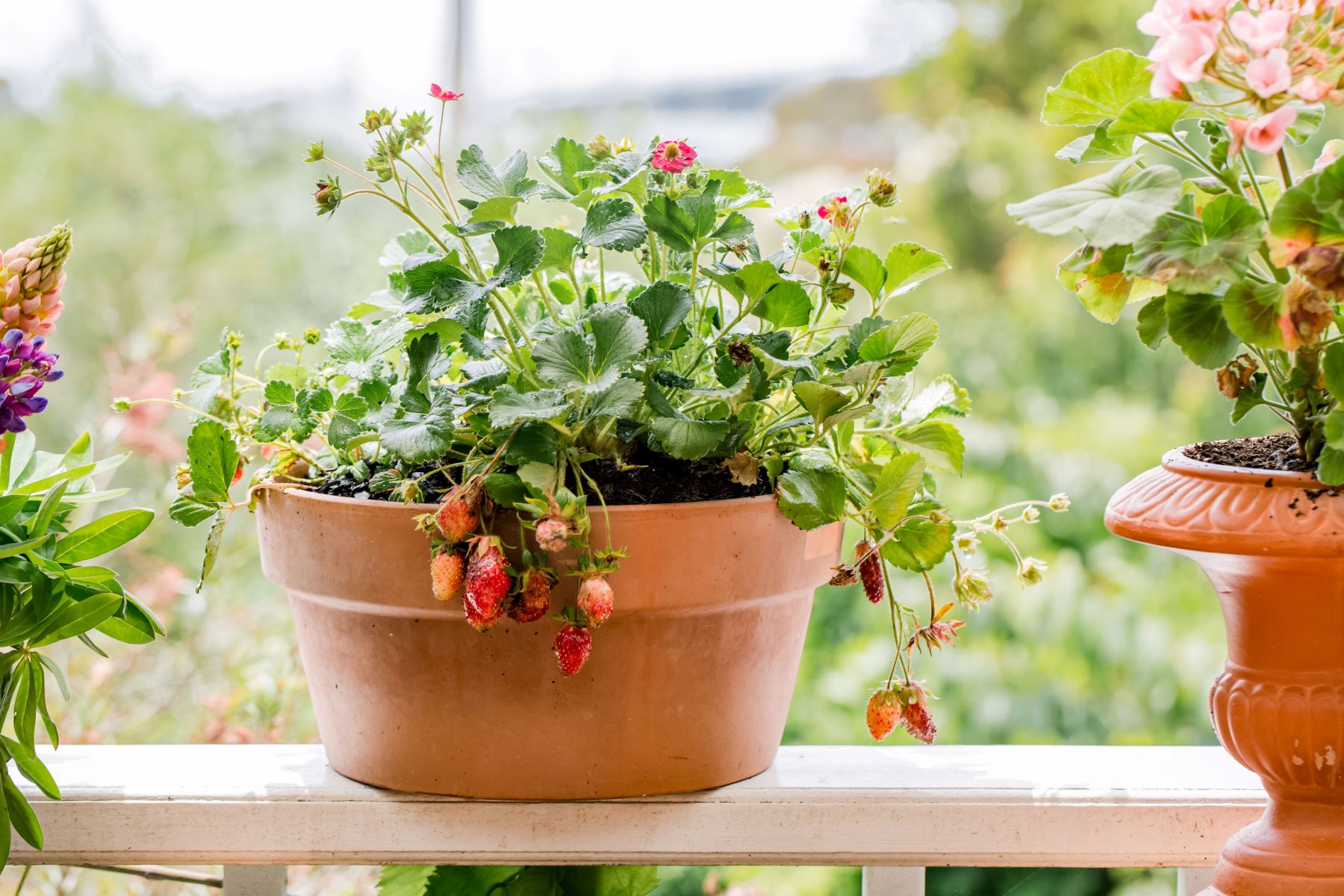
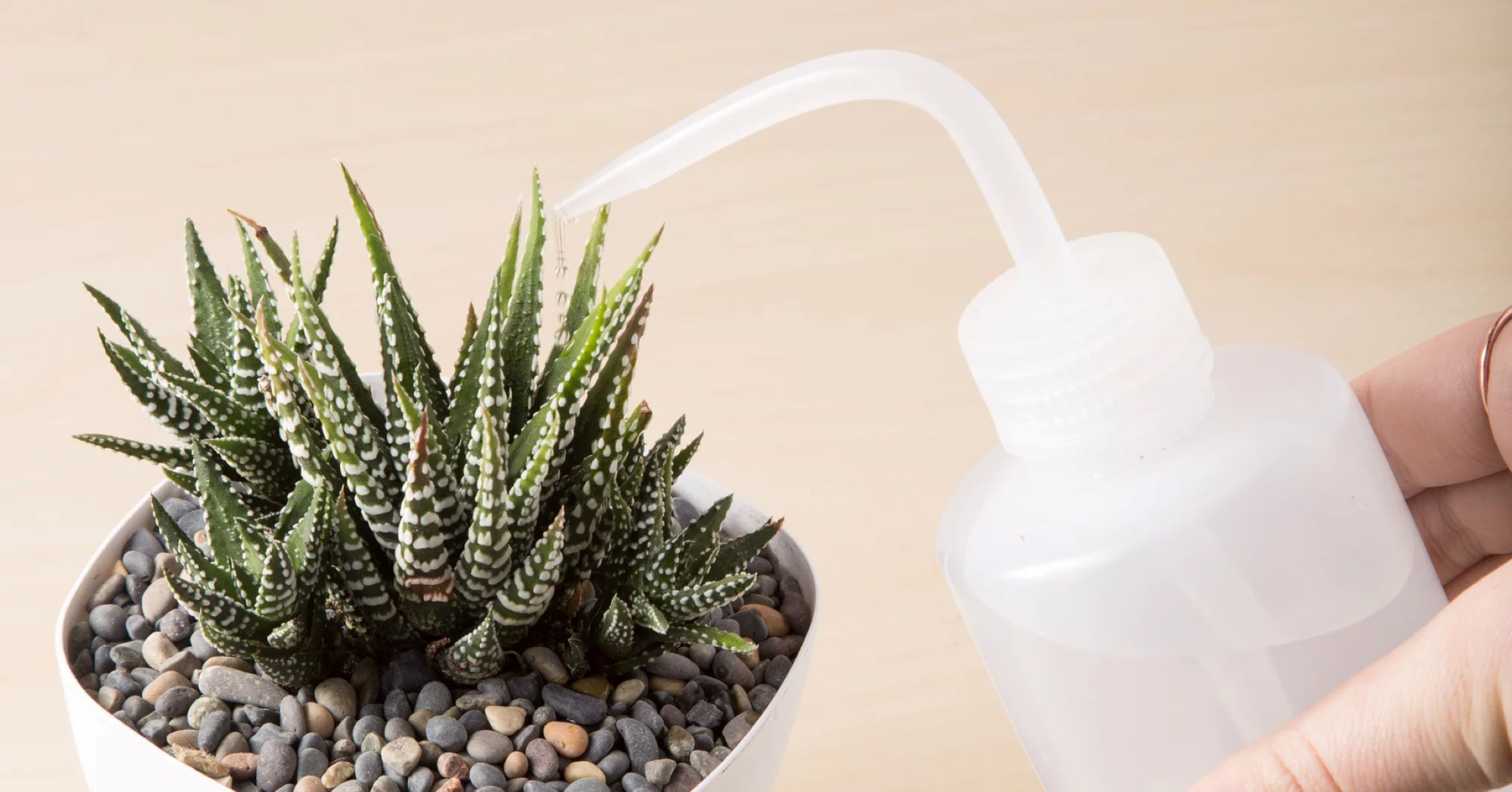
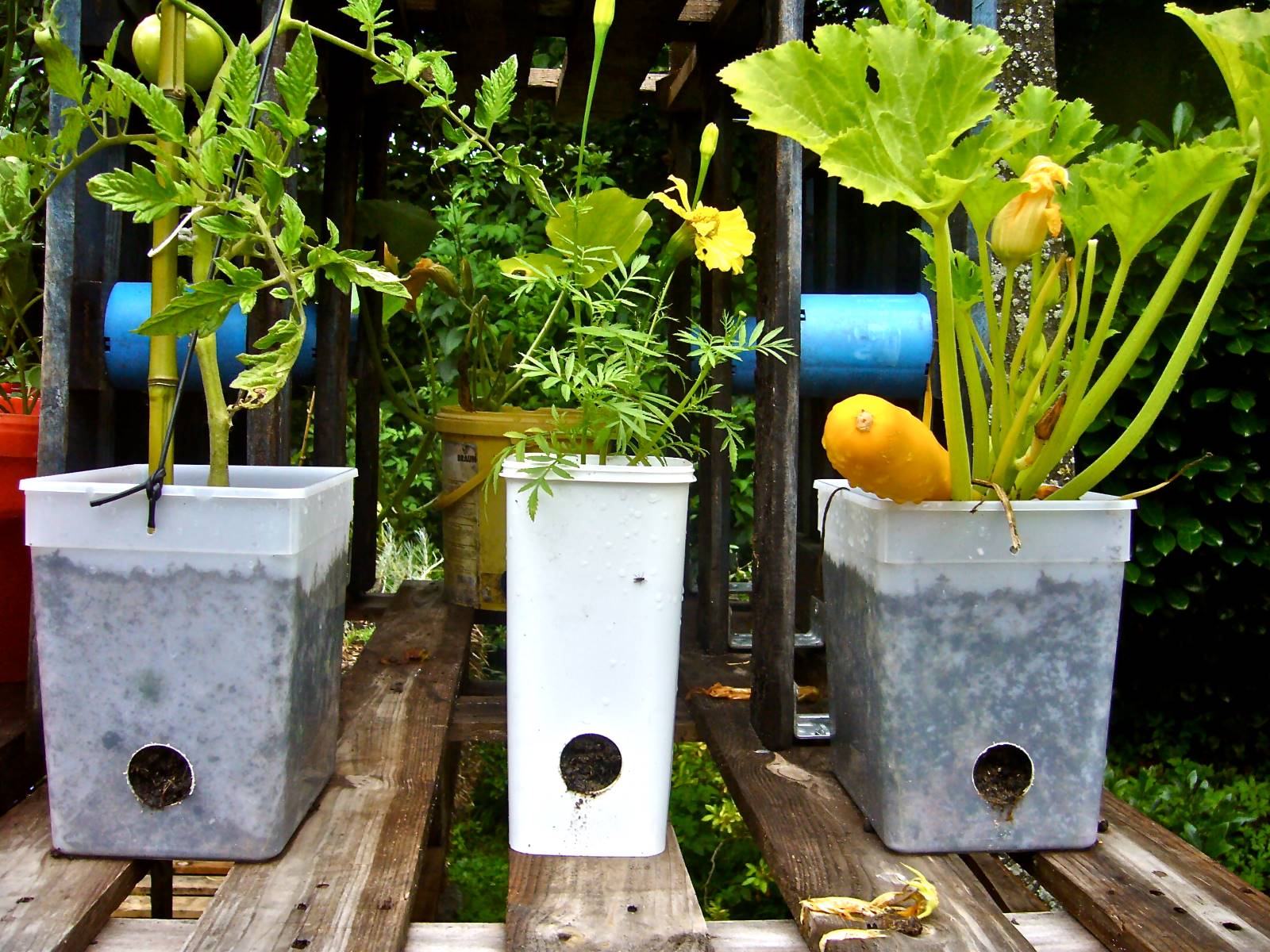
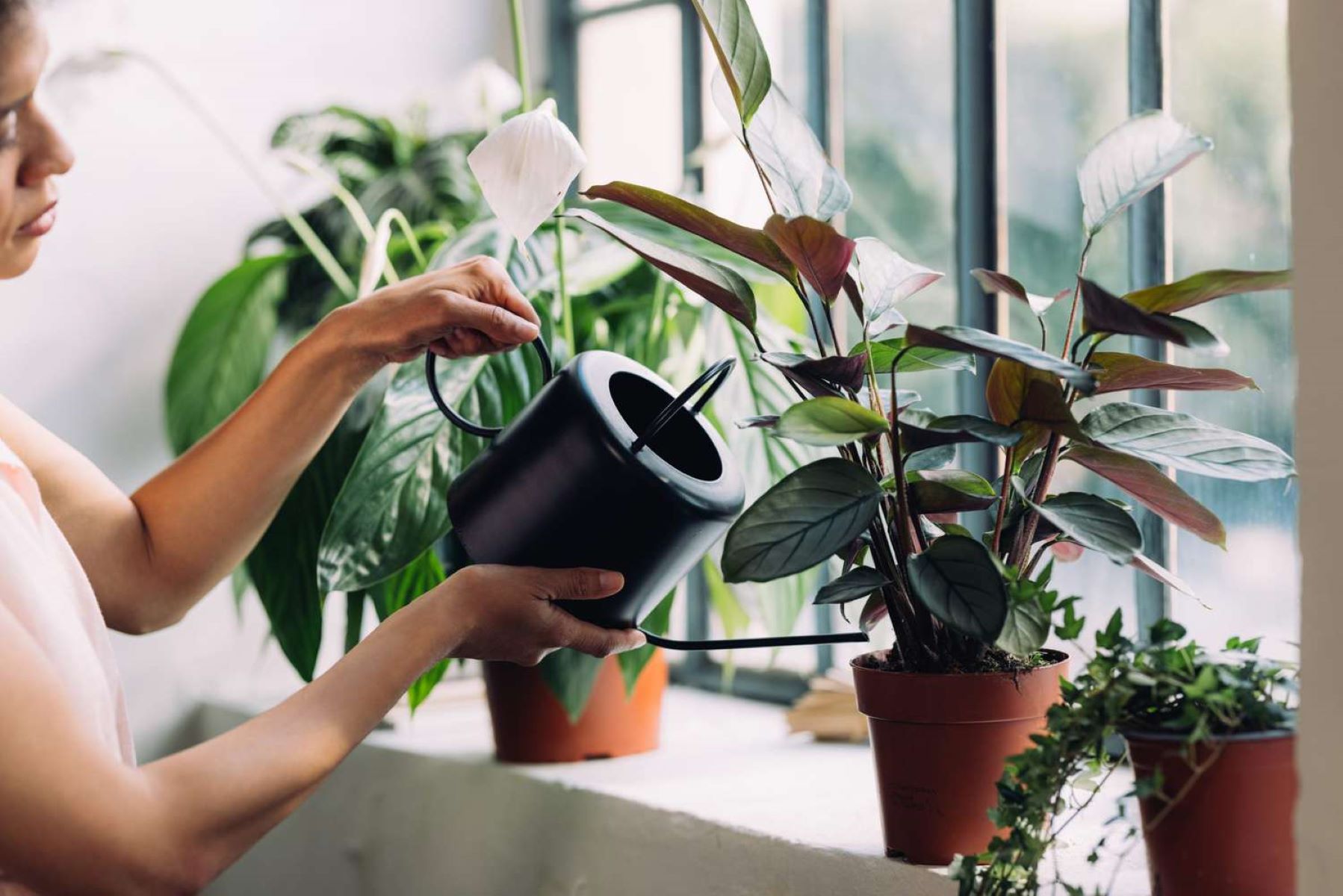
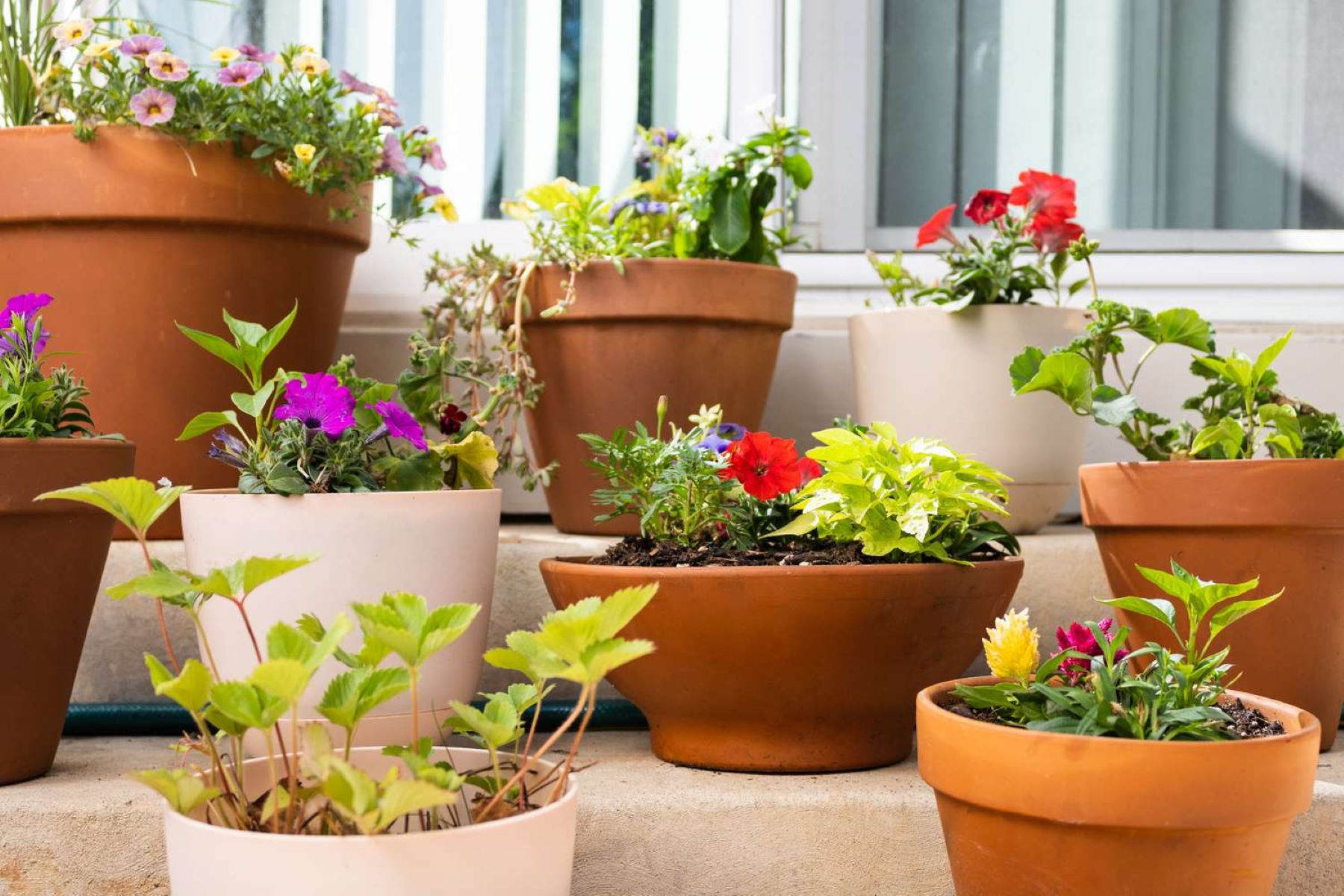
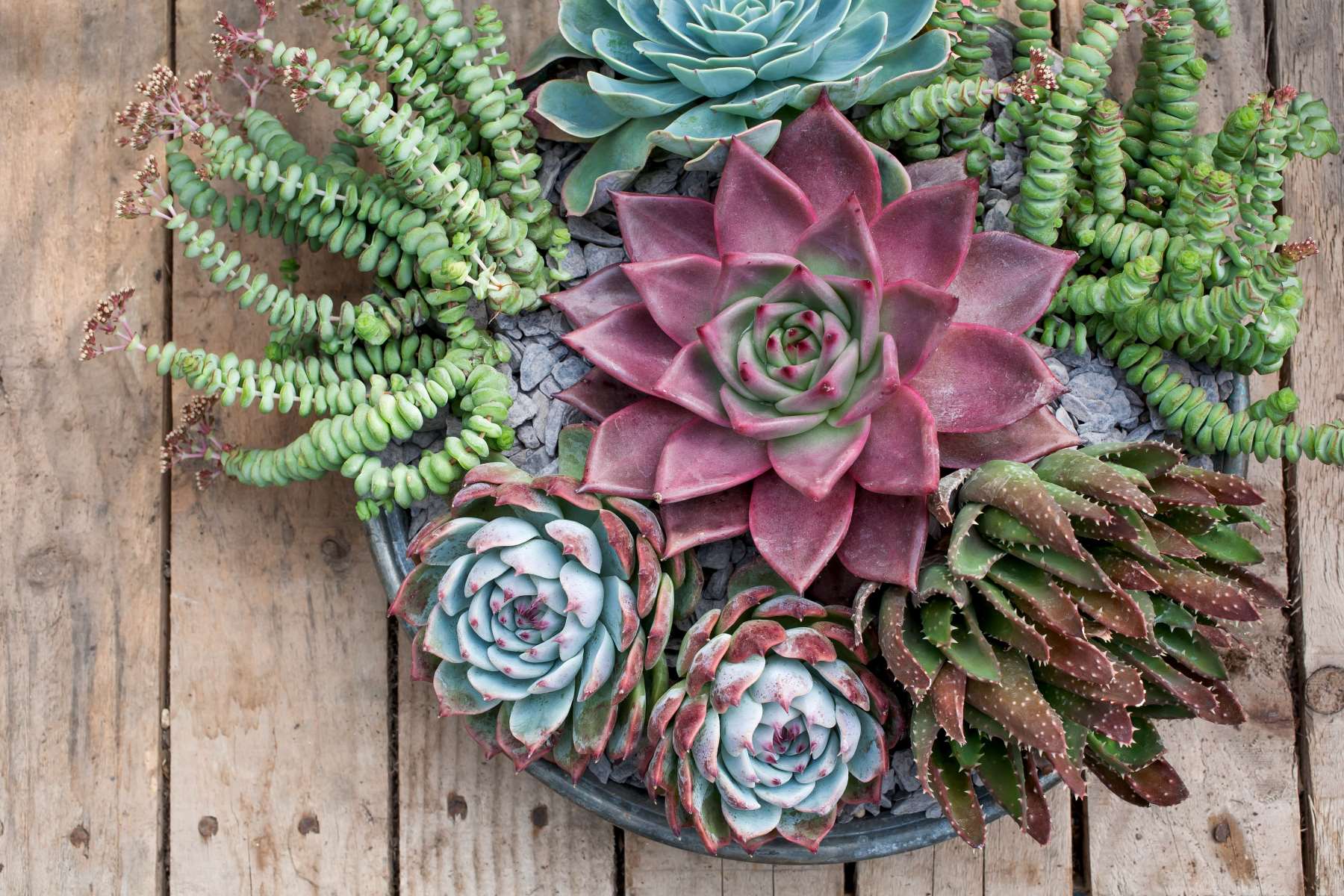
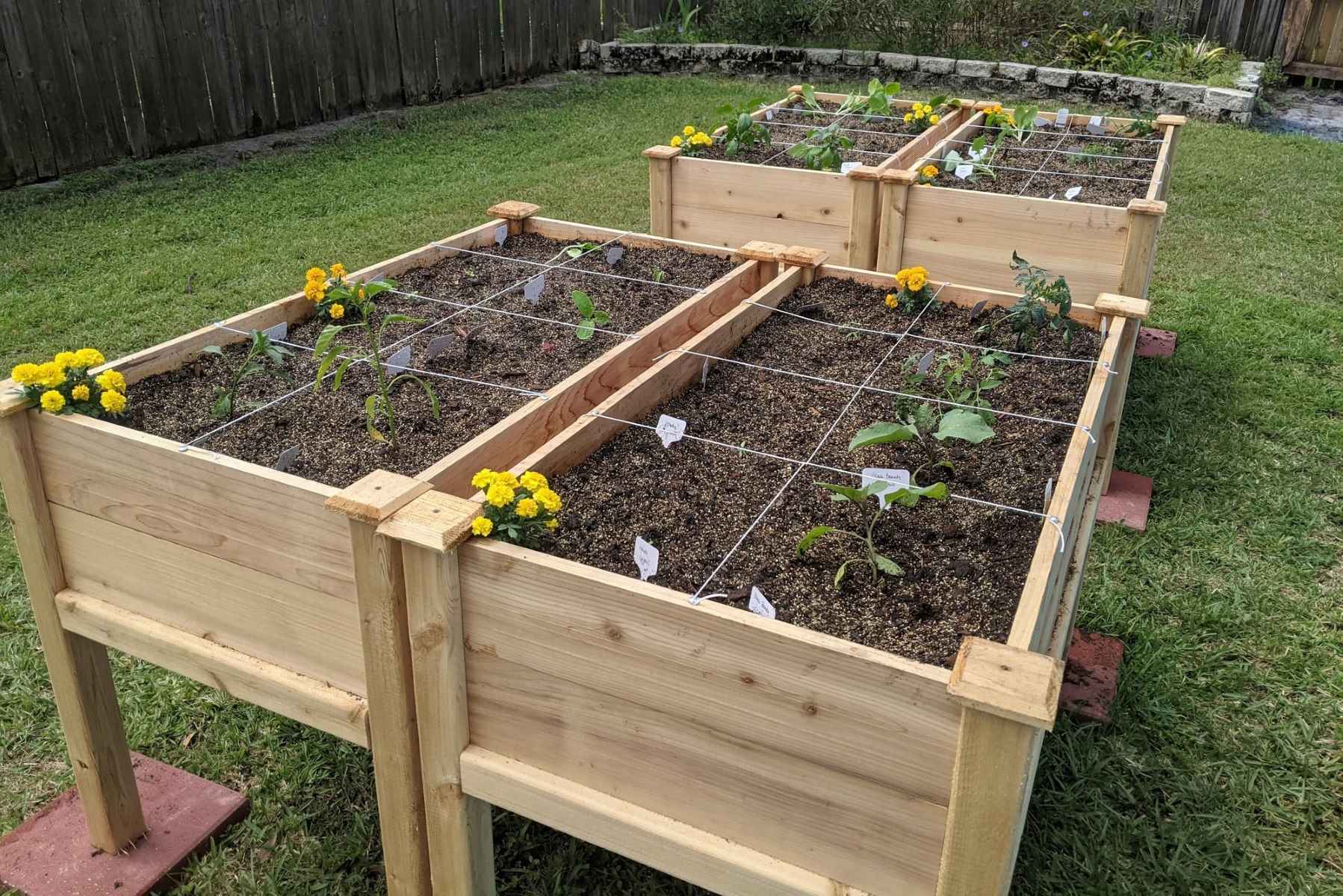
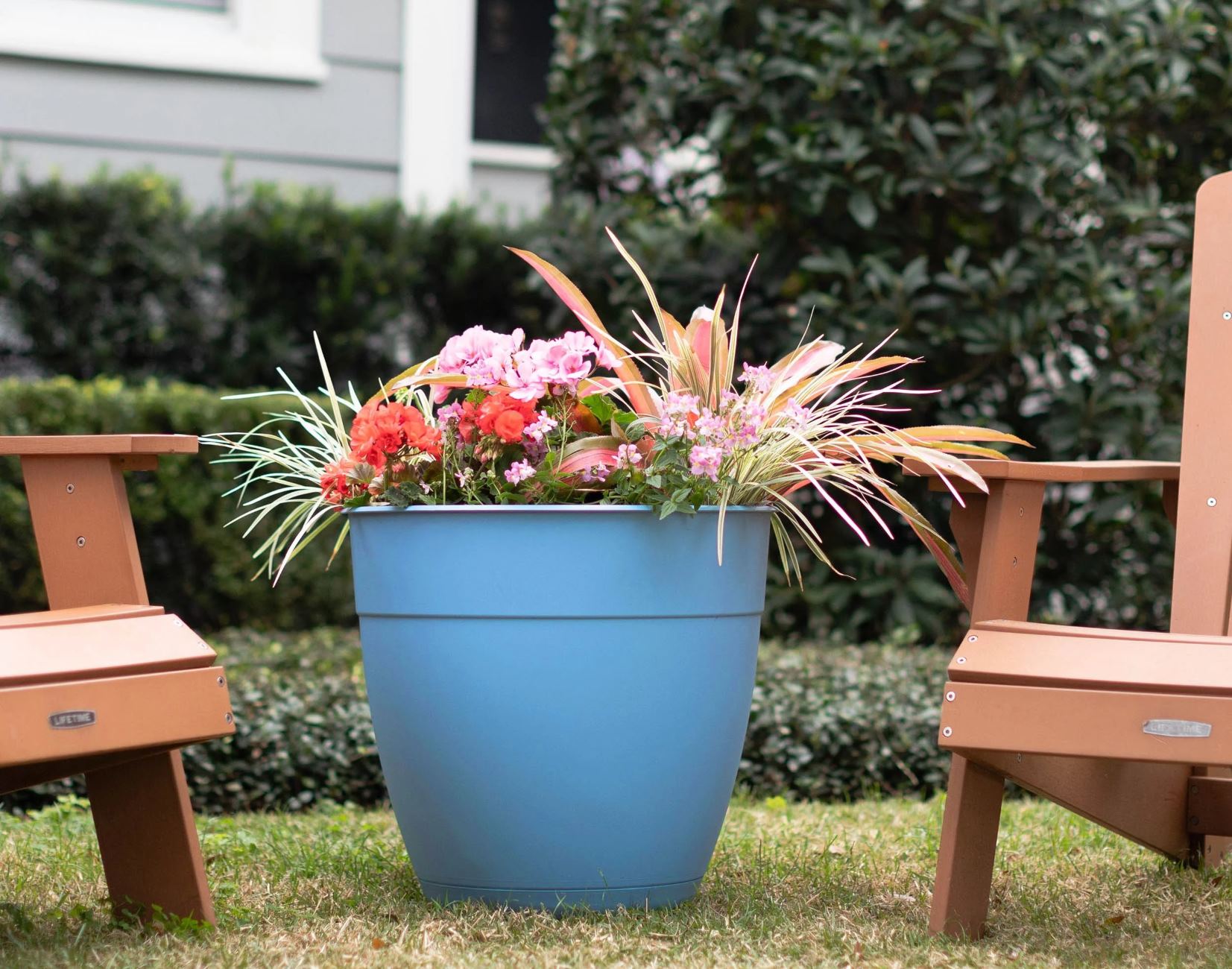
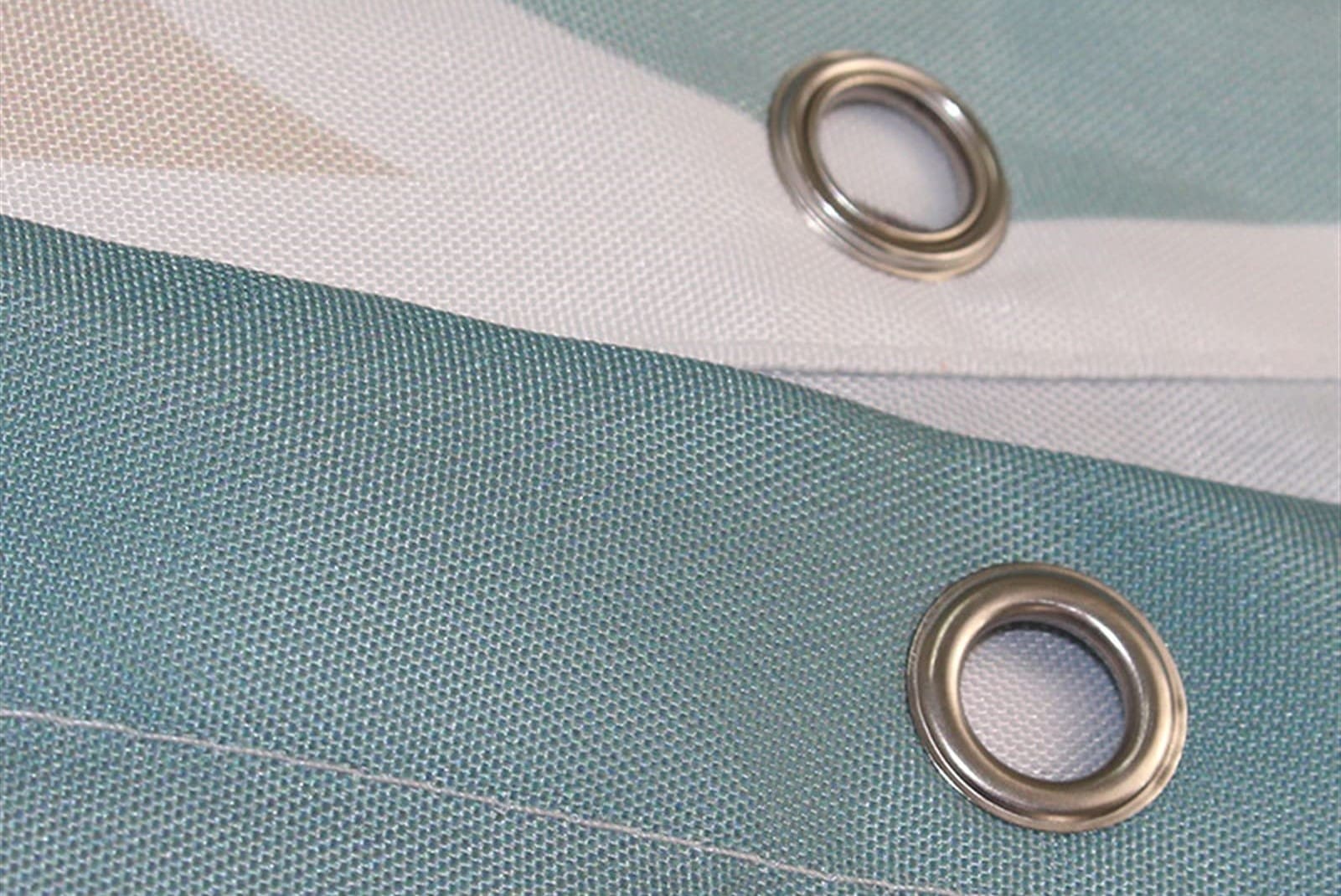
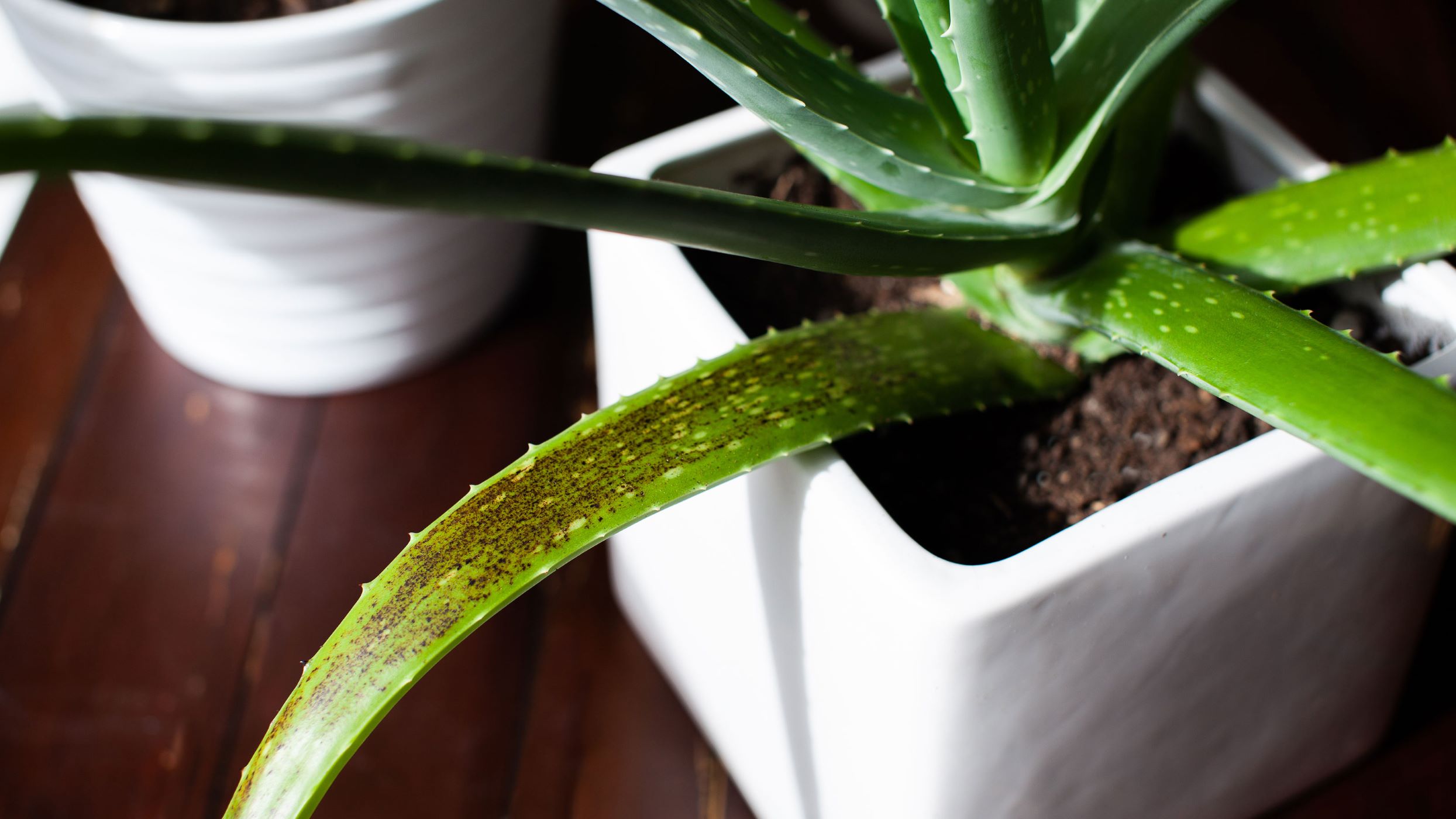
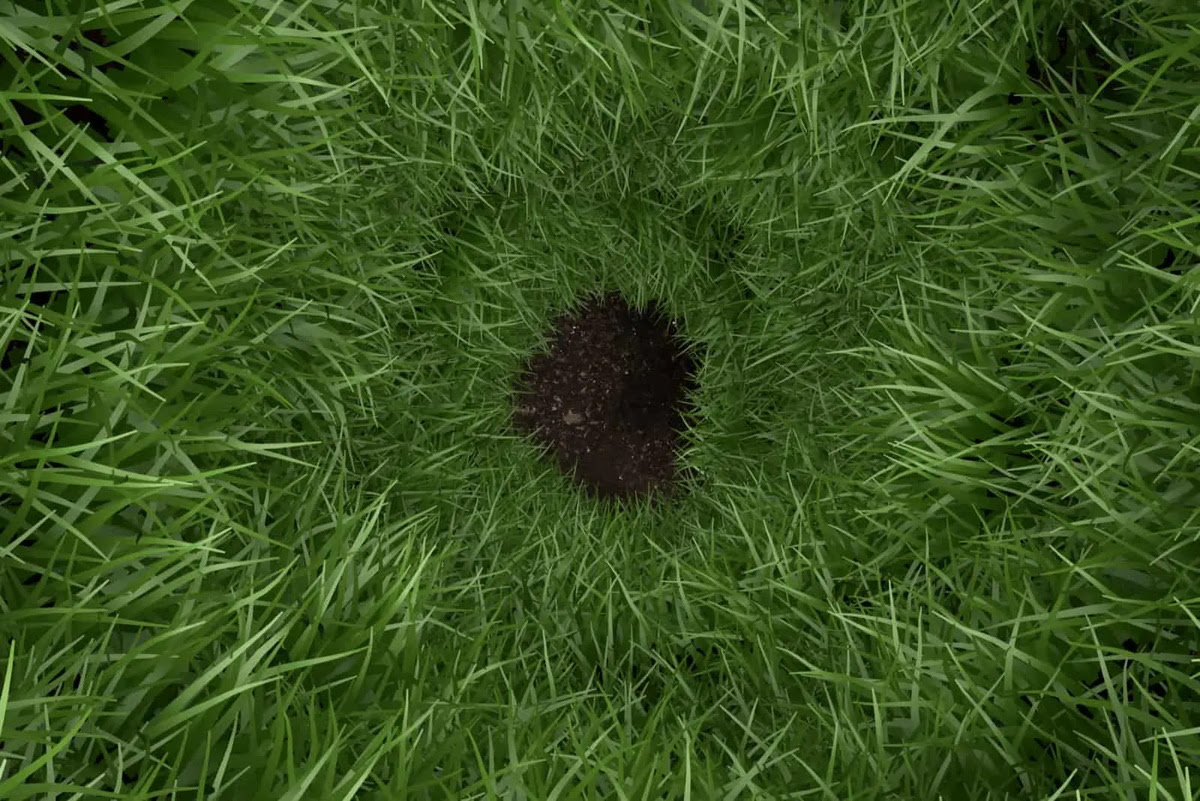

0 thoughts on “How Many Drainage Holes Should My Plant Pot Have”